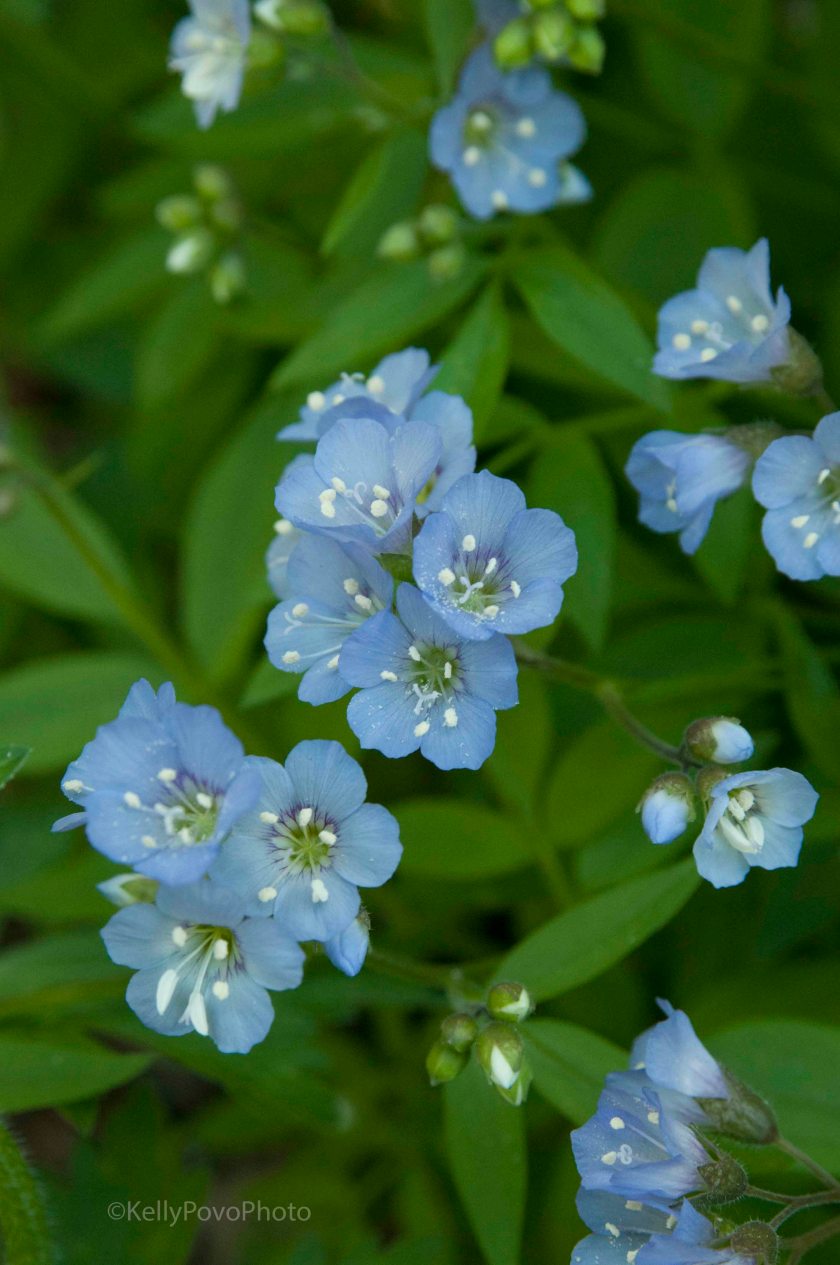April 2, 2022
Author: Phyllis Root
Photographer: Kelly Povo
Two weeks ago we saw the first tiny, furry brown bud of a single pasqueflower, one of our earliest prairie flowers, peeking out from its nest of last year’s dried leaves. Surely that bud would be further along now, we reasoned, even though there has been plenty of cold, snowy weather in the ensuing weeks. Maybe even almost blooming?
Hungry for the sight of delicate pale purple petals opening to follow the sun, we set out on a mostly grey day for Grey Cloud Dunes Scientific and Natural Area (SNA), one of the sandy, gravelly habitats where pasqueflowers grow. We found the same bud we’d seen before, still nestled deep in last year’s leaves, although now a second bud was poking up beside it. Two buds, no flowers. Progress.
Undaunted, we decided to drive farther south in the hope of pasqueflower blossoms. Down by River Terrace Prairie SNA, a sand and gravel prairie near Cannon Falls, we climbed the hillside where brush and trees have been cleared away since our last visit. Here, too, we found soft, feathery brown buds emerging, so many we had to watch where we put our feet even on the well-worn path.
Call it determination, call it delusion–convinced that spring and blooming pasqueflower were just a few miles farther south we drove on to Kellogg-Weaver Dunes SNA where two years ago we’d been surprised by a roadside ditch dotted with pasqueflower in bloom. Surely here, two hours south of where we started, spring would be creeping north.
Once again we found a few buds, but the prairie still lay covered in last year’s brown leaves, yellow grasses, and seed heads. Brown prairie, grey sky.
And then color surprised us.
On the stumps of trees cut down to prevent their encroachment on the prairie, we found grey-green lichen with tiny red fruiting bodies at the tips of stalks. Stump after stump, we marveled at the vivid red, guessing they might be British soldier lichen. A quick check on our cell phones proved our guess was right. (We’ve been wanting to learn more about lichens, and this brings our total of positive identification to two, along with elegant sunburst lichen which we love both for its rich gold color and also for its name.)
A quick detour to a wooded rustic road as we headed toward home showed us the emerging leaves of eastern false rue anemone, one of our earliest woodland flowers, and at another brief stop we found the tiniest shoots of snow trillium we’ve ever seen. Even though we didn’t find pasqueflowers (or anything else) in bloom, we found woods and prairie waking up. For now we are happy with the delight of lichen and the sure promise that soon, spring will arrive.
Really.



















































